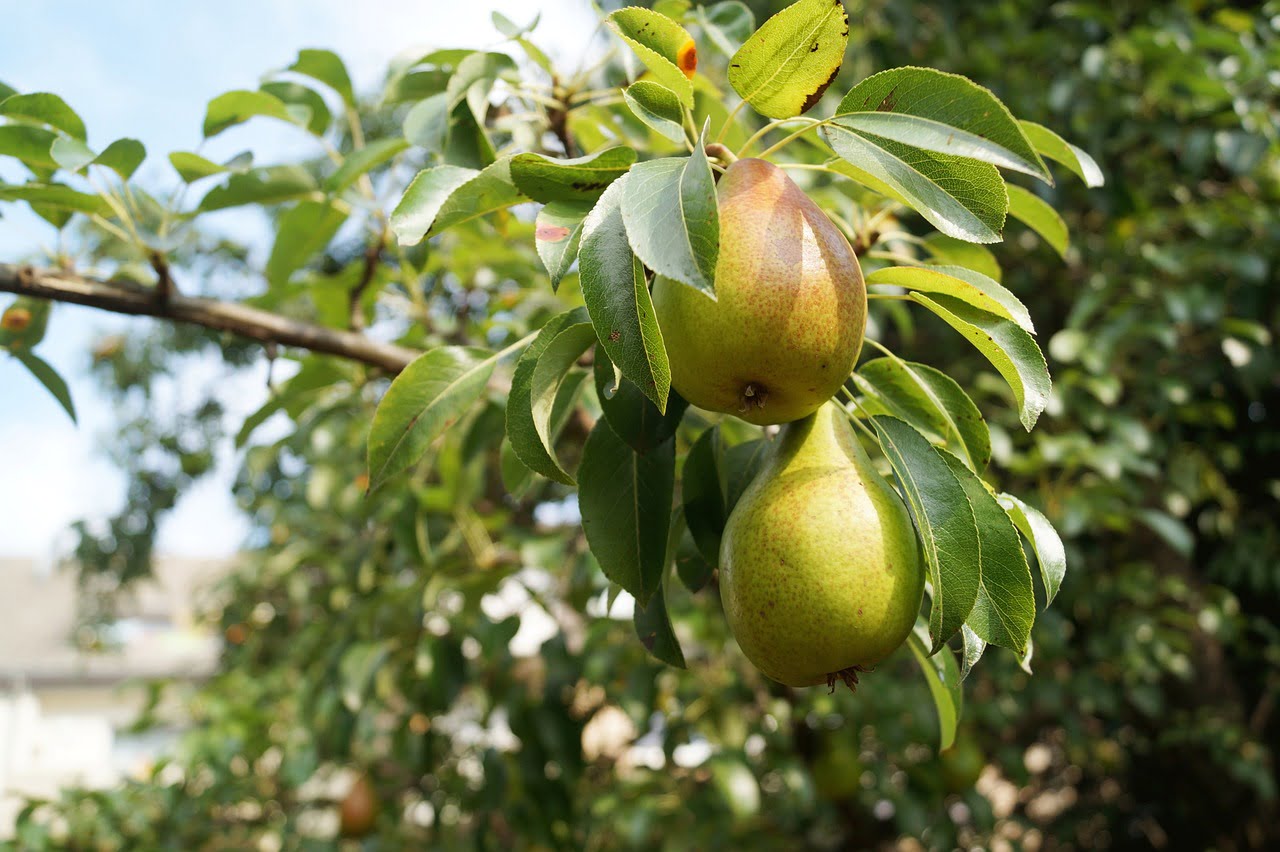
growing delicious pears
Introduction
When it comes to growing your own fruit, pears are a delightful addition to any garden or orchard. Not only are they delicious and nutritious, but they also add beauty to the landscape with their graceful shape and vibrant foliage. If you’re interested in cultivating your own pear trees, this article will provide you with a comprehensive guide on growing delicious pears. From selecting the right variety to nurturing your trees to maturity, we’ll cover all the essential steps to ensure a bountiful harvest of luscious pears.
Table of Contents
growing delicious pears
- Choosing the Perfect Pear Variety
- Selecting the Right Location
- Preparing the Soil for Planting
- Planting Your Pear Tree
- Watering and Fertilizing
- Pruning and Training the Tree
- Preventing and Managing Pests and Diseases
- Harvesting and Storing Pears
- Troubleshooting Common Issues
- Frequently Asked Questions
1. Choosing the Perfect Pear Variety
When it comes to selecting a pear variety for your garden, consider factors such as climate, pollination requirements, and flavor preferences. Some popular pear varieties include Bartlett, Anjou, Bosc, and Comice. Research the characteristics of each variety to find the one that suits your needs and local climate best.
2. Selecting the Right Location
Pears thrive in full sun, so choose a location in your garden that receives at least 6 to 8 hours of direct sunlight each day. Ensure the soil is well-drained to prevent waterlogging, as excessive moisture can lead to root rot and other diseases. Avoid areas prone to strong winds that can damage the delicate branches of young pear trees.
3. Preparing the Soil for Planting
Before planting your pear tree, prepare the soil by removing any weeds, rocks, or debris. Pear trees prefer slightly acidic to neutral soil with a pH range of 6.0 to 7.0. Test your soil’s pH and make any necessary adjustments by adding organic matter or soil amendments to achieve the ideal pH level.
4. Planting Your Pear Tree
When planting your pear tree, dig a hole that is wide and deep enough to accommodate the roots without bending or crowding them. Gently spread the roots out in the hole and backfill with soil, ensuring the tree is planted at the same depth it was in the nursery container. Water the tree thoroughly after planting to settle the soil and eliminate any air pockets around the roots.
5. Watering and Fertilizing
Proper watering is crucial for the healthy growth of pear trees. Newly planted trees require regular watering, providing about 1 inch of water per week. Once established, pear trees generally require watering every 10 to 14 days, depending on rainfall and soil conditions. Apply a balanced fertilizer in early spring to provide the necessary nutrients for growth.
6. Pruning and Training the Tree
Pruning is essential for shaping your pear tree and promoting optimal fruit production. Prune your pear tree during the dormant season to remove dead or diseased branches, improve airflow, and encourage fruiting. Training the tree involves selecting a central leader and removing competing branches to establish a strong framework. Regular pruning will help maintain the tree’s shape and size, as well as enhance fruit quality.
7. Preventing and Managing Pests and Diseases
Pears are susceptible to various pests and diseases, including pear psylla, codling moth, fire blight, and pear scab. Implement preventive measures such as maintaining good tree hygiene, monitoring for signs of infestation or disease, and promptly taking appropriate action. Organic pest control methods like insecticidal soaps, neem oil, and beneficial insects can help manage pests while minimizing harm to the environment.
8. Harvesting and Storing Pears
The timing of pear harvest depends on the variety and ripeness stage desired. Pears are typically harvested when they reach maturity but are still firm. Check for color change and gently twist the fruit; if it separates easily from the branch, it’s ready to harvest. After picking, store pears in a cool, dark place to allow them to ripen fully. Check the fruit regularly and consume or refrigerate them when they reach the desired ripeness.
9. Troubleshooting Common Issues
Pear trees may encounter certain issues, such as leaf spots, fungal diseases, or nutrient deficiencies. Regularly inspect your trees for any signs of trouble and take appropriate measures to address the problems. If you’re unsure about the cause or treatment, consult a local horticulturist or extension service for guidance.
10. Frequently Asked Questions
Q1: How long does it take for a pear tree to bear fruit?
A: Pear trees typically begin bearing fruit within 3 to 5 years after planting, depending on the variety and growing conditions.
Q2: Can I grow a pear tree in a container?
A: Yes, it’s possible to grow pear trees in containers, but ensure you choose a dwarf or semi-dwarf variety and provide adequate care and maintenance.
Q3: Do pear trees need a pollinator?
A: Most pear varieties are not self-pollinating, so it’s important to plant at least two different pear trees or select a self-fertile variety to ensure proper pollination.
Q4: How do I know if my pear tree needs water?
A: Check the soil moisture by inserting your finger into the soil near the tree. If it feels dry to the touch, it’s time to water.
Q5: Can I propagate a pear tree from cuttings?
A: While it’s possible to propagate pear trees from cuttings, it is a more challenging method compared to grafting or budding.
Conclusion
Growing pears can be a rewarding experience that allows you to enjoy the sweet taste of homegrown fruit. By following the steps outlined in this guide, you’ll be well on your way to successfully cultivating healthy pear trees and harvesting a delicious bounty. Remember to tailor your care based on the specific needs of your chosen pear variety, and don’t hesitate to seek advice from local gardening resources. Get started on your pear-growing journey and savor the delights of this delectable fruit!